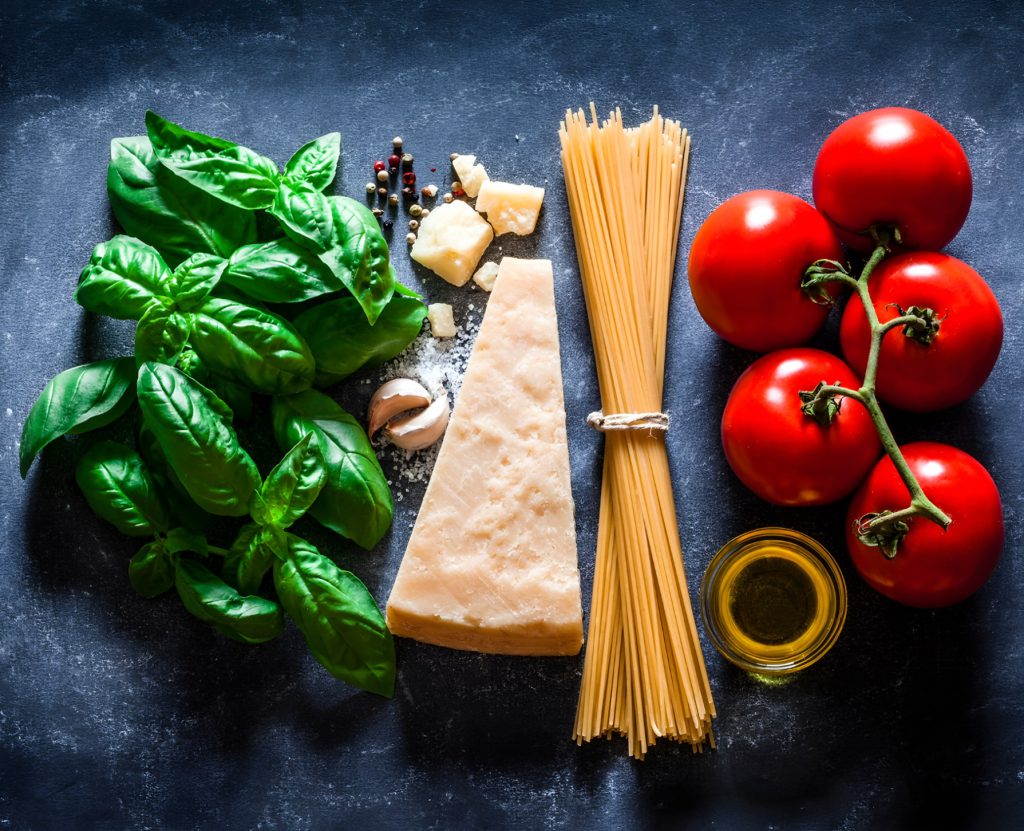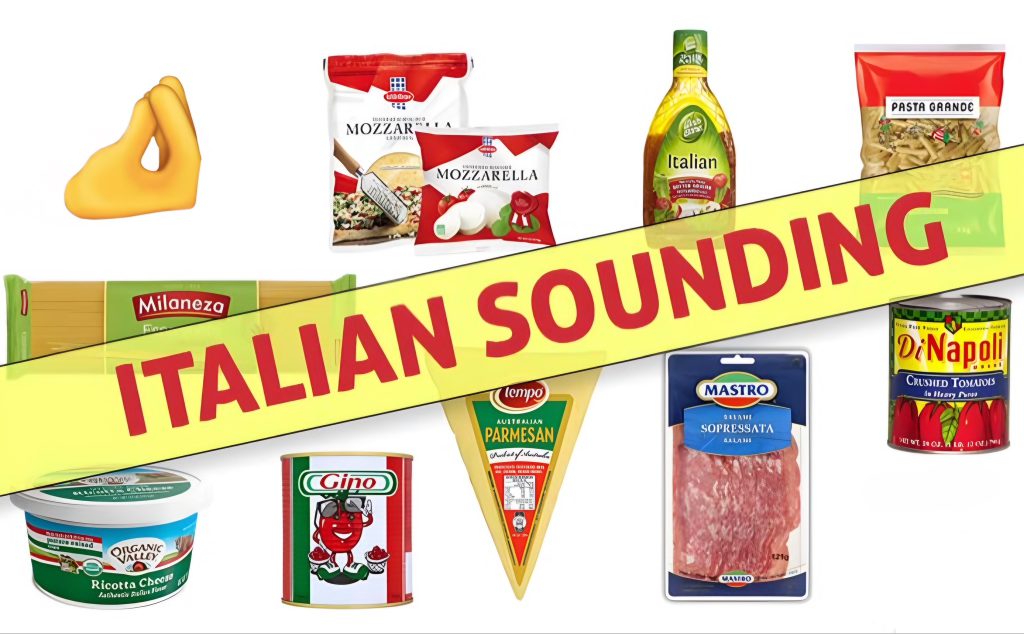What are the most popular Italian Dop products?
Italy is the country of good food, and the Made in Italy is considered a guarantee of quality all over the world. It is no coincidence, therefore, that the peninsula is also the country with the greatest production and export of Dop products that represent the excellence of Italian agri-food production.
The Dop and IGP certifications not only give greater guarantees to the consumer, thanks to the traceability of the products and the safety of how they have been treated, but also promote the protection of the environment, since the indissoluble link with the territory of origin requires the protection of ecosystems and biodiversity.

But what do you mean by Dop products?
The term Dop stands for Protected Designation of Origin, it is a mark given to products processed according to traditional processes that ensure the preservation of their peculiarities while respecting the materials used. Finaly, the Dop brand is to certify high quality foods made and processed in specific areas following a certain disciplinary process.
They are foods strongly linked to a specific territory, which could not be produced in another place due to a series of factors such as the climate, traditions, the surrounding environment, which combined together make that particular food unique.
Dop branded products, unlike non-certified ones, can be traced from the origin of the raw materials used, guaranteeing the origin to the consumer who wants to know the entire history of the product.
The best known Dop products:
There are about 295 Dop and IGP (Protected Geographical Indication) products produced in the Italian territory, not counting the 408 wine labels. Many of these products are exported around the world, others are still reserved for an exclusive niche audience.
Among the best known Dop Made in Italy products there are certainly Grana Padano and Parmigiano Reggiano, but also Parma ham, Balsamic vinegar from Modena and Pasta from Gragnano. Mozzarella di Bufala from Campania is another of those foods much loved and exported, despite the difficulties given by the preservation of the fresh dairy product.

Other highly appreciated Italian PDO products are the olio d’oliva, il Pecorino Romano, il Gorgonzola, la Bresaola della Valtellina, la Mortadella Bolognese, il Provolone del Monaco, i Pomodorini del Piennolo del Vesuvio, il Pistacchio verde di Bronte, la Colatura di Alici di Cetara(For connoisseurs) and the Basilico genovese.
The most counterfeit Italian Dop products:
‘It is called Italians sounding the phenomenon that consists in the marketing of foods that bear on the label the inscription ”Made in Italy” when in reality they are not produced in Italy.’ They are products sold mainly abroad, for an audience not exactly experienced with regard to Italian products, which can easily be deceived, perhaps by the name similar to the original given to a food.
This alternative market for counterfeit products has an estimated turnover of $60 billion. A scam to the detriment not only of the coffers of the Italian State, but above all of consumers and producers of the original PDO products.

Among the countries most prone to counterfeit Made in Italy there are some from which we could expect it, such as the Cina and United States, and other unsuspected ones like the Germania and the Francia! Just change the name a little by leaving an assonance with the original to create the misunderstanding.
In US supermarkets, for example, it is easy to find products such as Parmesan, Grana Parrano, San Daniele Ham, Salama Napoli, Asiago Cheese, Cambozola, Romanello, Kressecco.
And again: Regianito (in Argentina), Fontiago (sold in Anglo-Saxon countries), Jambon de Parme (in France).
Regarding this serious problem of food counterfeiting, the president of Coldiretti Ettore Prandini said:
“The contribution of Made in Italy agri-food production with designation of origin to exports and to the country’s growth could be significantly higher with a clear stop to international food counterfeiting. Putting a brake on the spread of agropiracy at the table could create as many as 300 thousand jobs in Italy”.
List of Italian Dop products:
Did you know them all?
Do you want to discover the Italian territory and its eno-gastronomic heritage? Visit the new website of the Ministry of Agricultural Policy by clicking Here
Dop, Doc, Igp e Docg
We know, by now, what the Dop brand is, but when it comes to food products you can also come across other acronyms, such as Doc, Igp and Docg. Let’s find out what they indicate:
Doc is the acronym for the Controlled Designation of Origin. This is an acronym that is actually no longer recognised, in the face of a European resolution that includes the products that were once Doc in the modern mention of the PDO. The Doc was the first existing certification (it is said of the sixties) that protected the products based on the uniqueness of the characteristics. And it was mainly used in reference to wines. This abbreviation, although no longer used officially, is still allowed by way of traditional specific mention.
Igp invece è l’acronimo che sta ad indicare l’Indicazione Geografica Protetta. This classification, recognised by the European Union, is very similar to the acronym Dop. And it differs by only one element: to have the IGP brand it is sufficient that only one, between the stages of production, processing and processing takes place in the delimited geographical area. Part of this circle are the Prosciutto Crudo di Sauris or the Pitina, a typical sausage of Val Tramontina based on ovicaprine meat or ungulated game.
Docg è l’acronimo che sta ad indicare la Denominazione di Origine Controllata e Garantita e riguarda esclusivamente i vini. Here too, as in the case of the Doc, it is an outdated classification, following the implementation of the new European legislation (Reg. Ce 479/2008, ‘New CMO Wine’, transposed in Italy by Legislative Decree 61 of 8 April 2010 in force since 11 May 2010).


